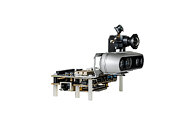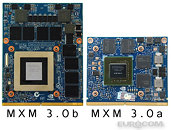
LG Ushers in 'Zero Labor Home' With Its Smart Home AI Agent at CES 2024
LG Electronics (LG) is ready to unveil its innovative smart home Artificial Intelligence (AI) agent at CES 2024. LG's smart home AI agent boasts robotic, AI and multi-modal technologies that enable it to move, learn, comprehend and engage in complex conversations. An all-around home manager and companion rolled into one, LG's smart life solution enhances users' daily lives and showcases the company's commitment to realizing its "Zero Labor Home" vision.
With its advanced 'two-legged' wheel design, LG's smart home AI agent is able to navigate the home independently. The intelligent device can verbally interact with users and express emotions through movements made possible by its articulated leg joints. Moreover, the use of multi-modal AI technology, which combines voice and image recognition along with natural language processing, enables the smart home AI agent to understand context and intentions as well as actively communicate with users.
With its advanced 'two-legged' wheel design, LG's smart home AI agent is able to navigate the home independently. The intelligent device can verbally interact with users and express emotions through movements made possible by its articulated leg joints. Moreover, the use of multi-modal AI technology, which combines voice and image recognition along with natural language processing, enables the smart home AI agent to understand context and intentions as well as actively communicate with users.


















